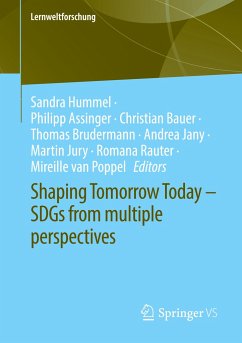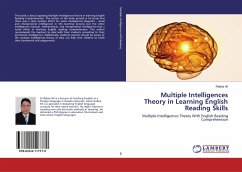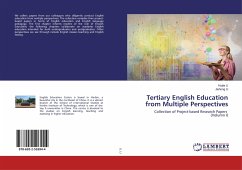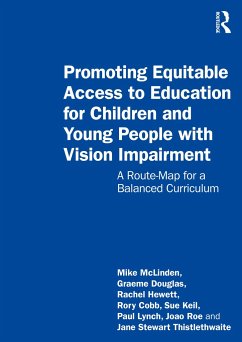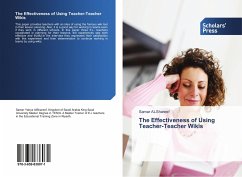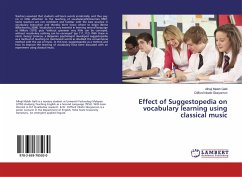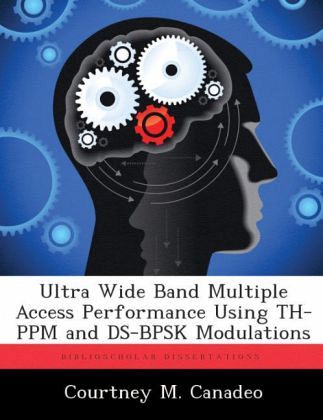
Ultra Wide Band Multiple Access Performance Using TH-PPM and DS-BPSK Modulations
Versandkostenfrei!
Versandfertig in über 4 Wochen
53,99 €
inkl. MwSt.

PAYBACK Punkte
27 °P sammeln!
The increasing demand for portable, high data rate communications has focused much attention on wireless technology. Ultra Wide Band (UWB) waveforms have the ability to deliver megabits of information while maintaining low average power consumption. In accordance with recent FCC rulings, UWB systems are now allowed to operate in the unlicensed spectrum of 3.1 to 10.6 GHz, motivating renewed interest in the forty year old concept of impulse radio. Gaussian monocycles produce UWB waveforms occupying large bandwidths with multiple access (MA) capability enabled by spread spectrum techniques. Time...
The increasing demand for portable, high data rate communications has focused much attention on wireless technology. Ultra Wide Band (UWB) waveforms have the ability to deliver megabits of information while maintaining low average power consumption. In accordance with recent FCC rulings, UWB systems are now allowed to operate in the unlicensed spectrum of 3.1 to 10.6 GHz, motivating renewed interest in the forty year old concept of impulse radio. Gaussian monocycles produce UWB waveforms occupying large bandwidths with multiple access (MA) capability enabled by spread spectrum techniques. Time Hopping (TH) and Direct Sequence (DS) modulations are considered here for UWB MA applications. This work extends Gold coding results and characterizes UWB performance using Simulated Annealing (SA) and Random Integer (RI) codes for TH and DS UWB applications. TH-PPM and DS-BPSK performance is evaluated using simulated probability of bit error Pb under MA interference (MAI), multipath interference (MPI), and narrow band interference (NBI) conditions for synchronous and asynchronous networks. Communication performance is validated for a single user operating over an AWGN channel and extended to incorporate MA capability.





